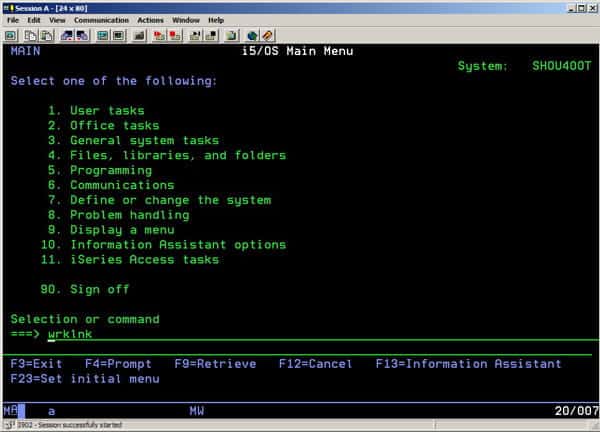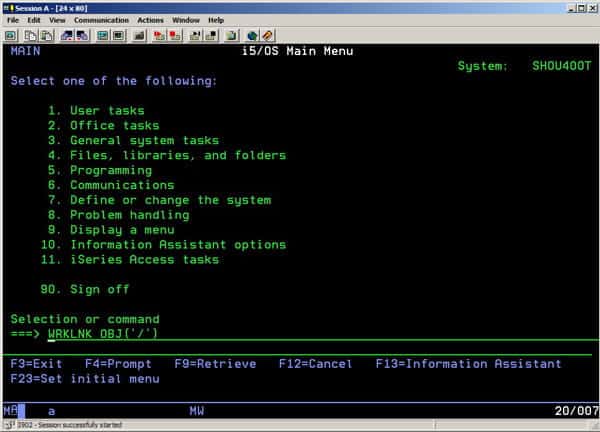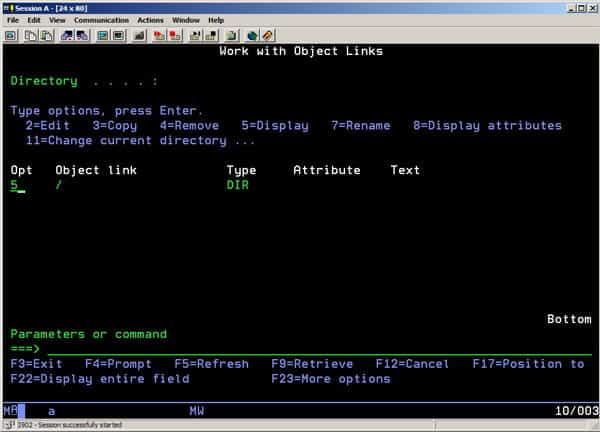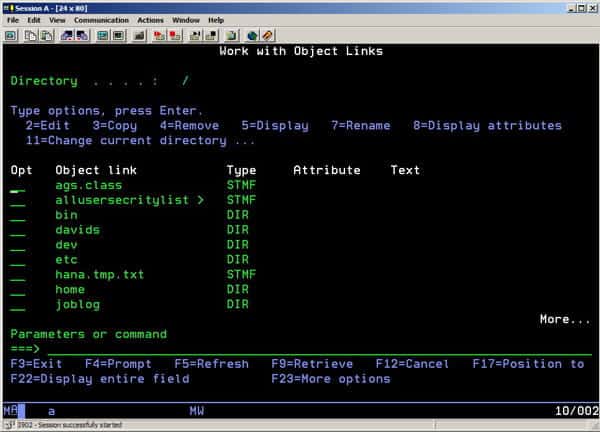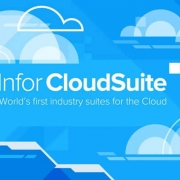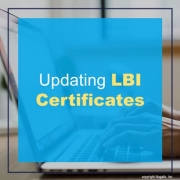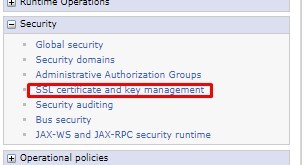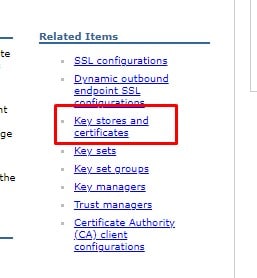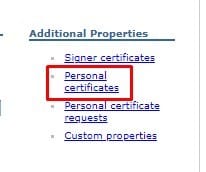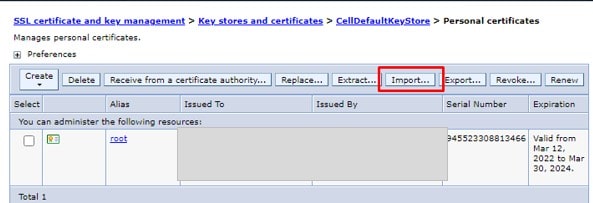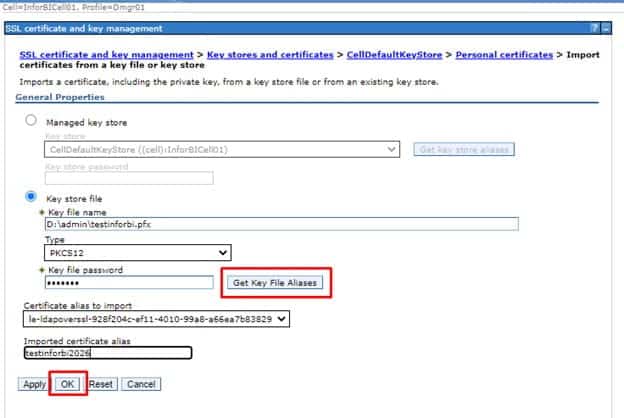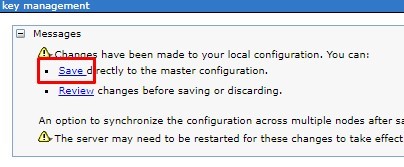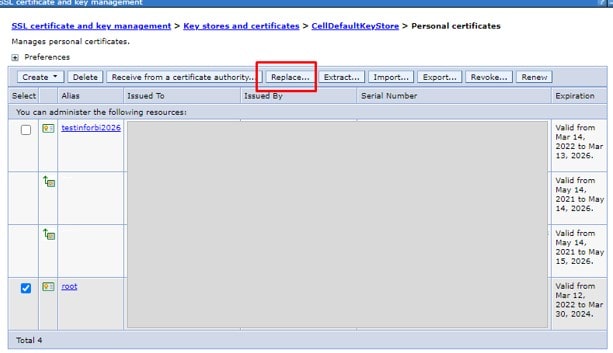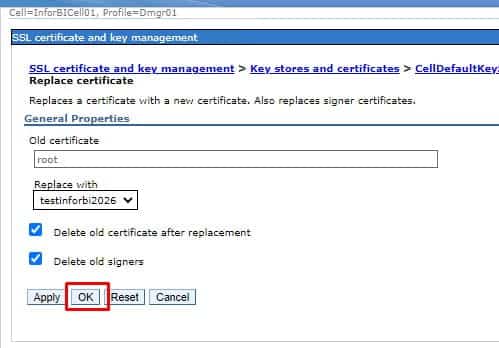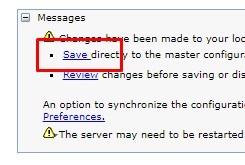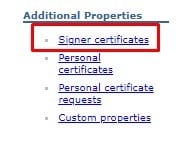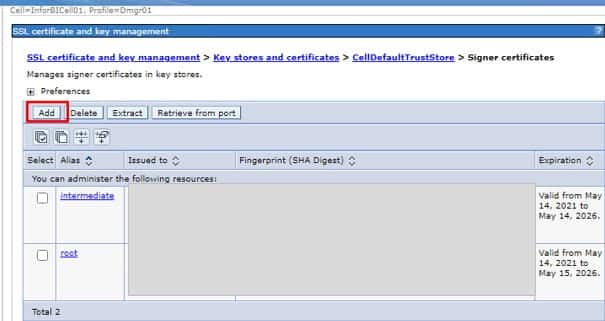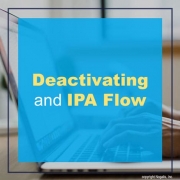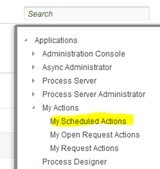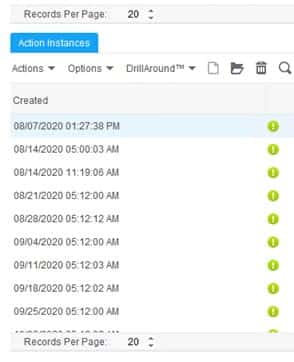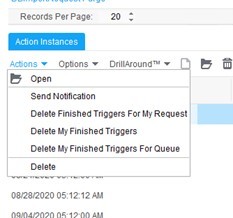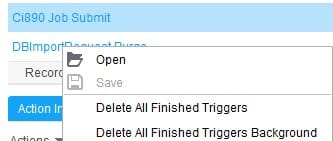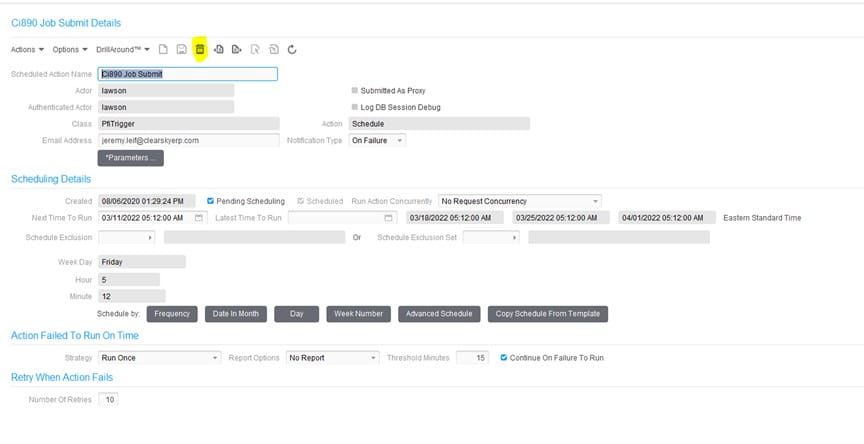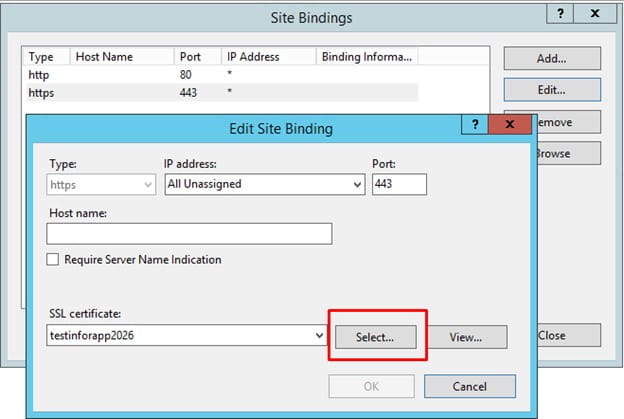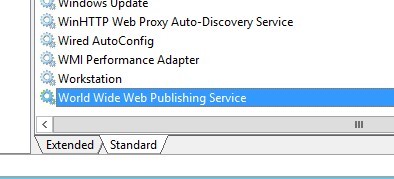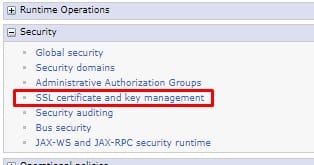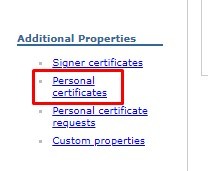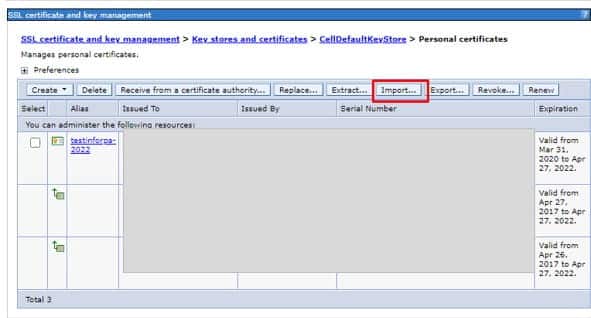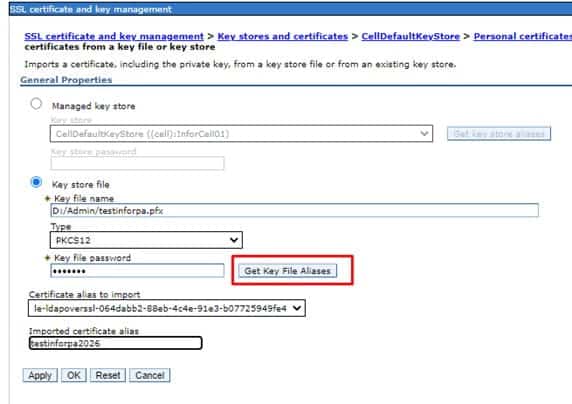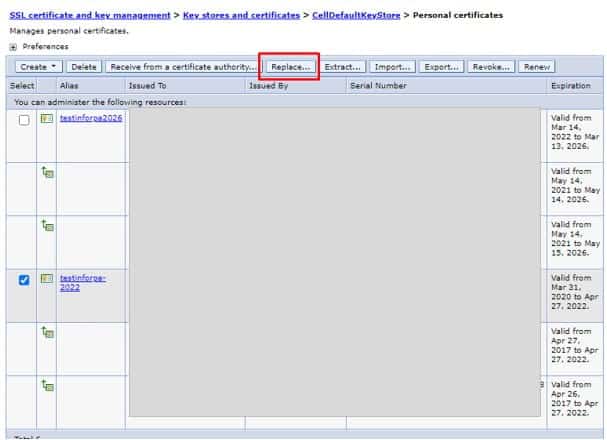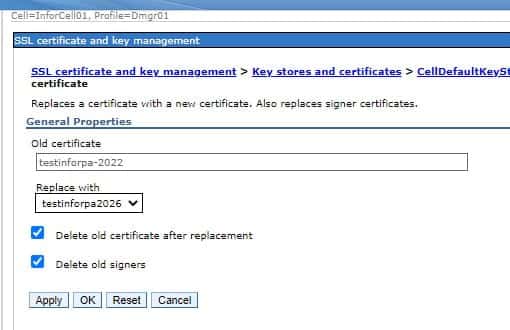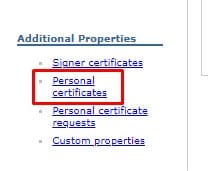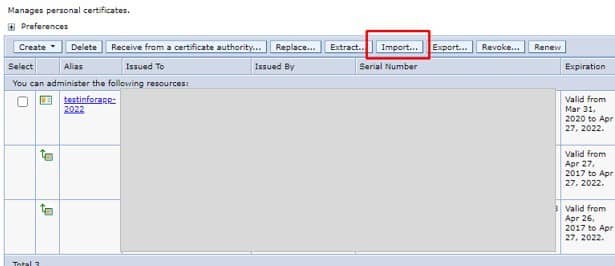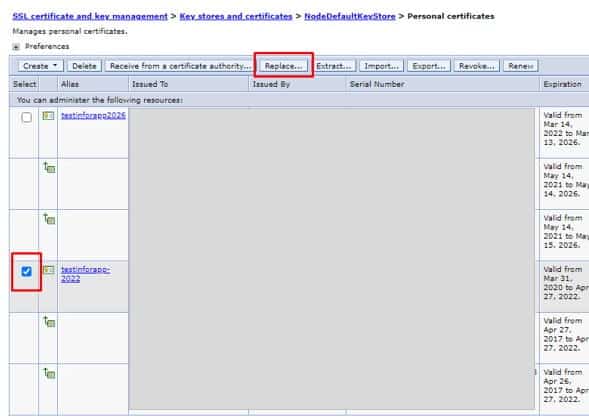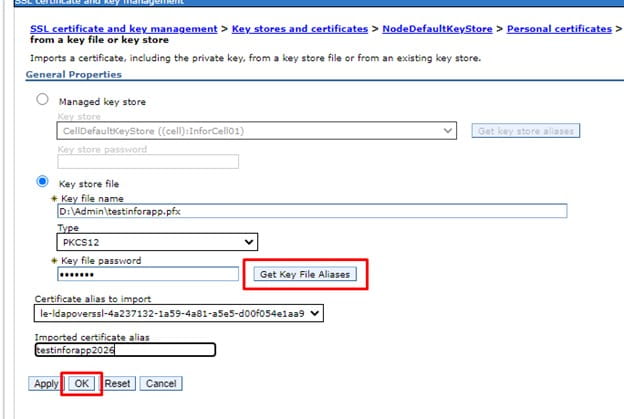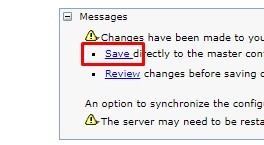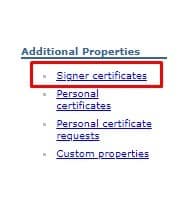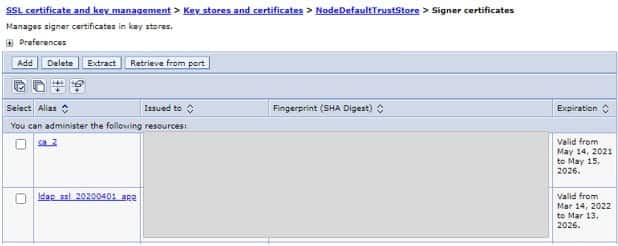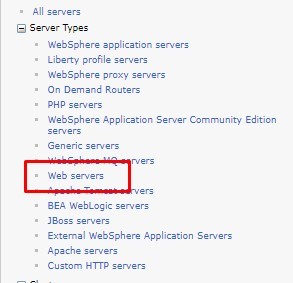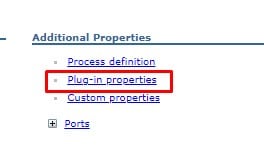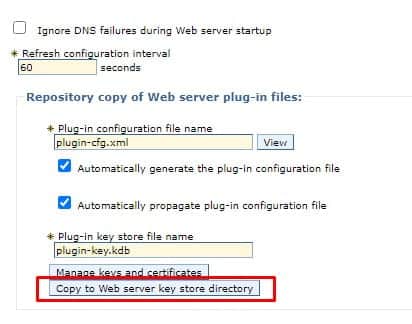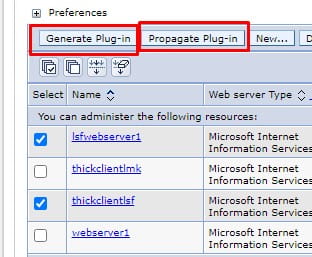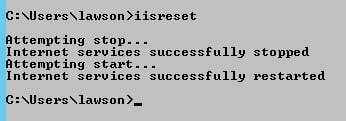Though it’s been around for decades, artificial intelligence (AI) has made itself known in today’s digital space. From marketing programs to laboratories, AI has made an impact in every industry. Whiles this technology could help your business run smoother, there is so much to learn and prepare for before even thinking of implementation. Machine learning (ML), the most common form of AI, is the process of training a machine to make future predictions based on historical data. What makes AI and ML so unique is the adaptability and learning. However, Machine learning doesn’t learn like a human. Stephanie Domas, Forbes Technology council member and Chief Security Technology Strategist at Intel, differentiates machine learning and human learning like this: We’re taught to identify holistically and with supporting context: A stop sign is red, hexagonal and has white letters on it. In contrast, AI is simply given large sets of labeled training data and told to figure out on its own how to differentiate; we don’t tell it how to learn. For the stop sign, the AI learned that black and white in certain areas meant different signs. The black and white perturbations on the stop sign lined up with patterns of black and white blocks on a “Speed Limit 45” sign. Thus, the AI learns that this is a speed limit sign. This technological advancement learns in a more complex process. There is so much to consider with the data input and analysis when it comes to machine learning and artificial intelligence. Domas shares an article in Forbes that emphasizes the security risks and know-hows when implementing an AI. She notes the importance of understanding the potential cybersecurity risks of AI so you can responsibly approach the adoption of AI.
- Keep humans in the loop. “AI should augment human intelligence, not replace it. Human judgment is needed to ensure proper training, detect anomalies and make course corrections if something is wrong with the model.”
- Understand the risks. “What happens if the AI is wrong—is it a funny story, or could people potentially be harmed? The risks involved with implementing AI ultimately depend on what the AI is meant to do and what kinds of data and systems it has access to.”
- Plan for model testing and maintenance. “Just like other forms of software, AI algorithms need to be updated and patched. Algorithms should be continually tested and updated whenever new threats are detected or the model is not performing as expected.”
- Ask the right questions. “If you are buying an off-the-shelf AI, make sure you keep cybersecurity in mind and ask the right questions when purchasing. How was the model trained? What is it meant to do? How was it tested? What is the company’s plan for ongoing testing and maintenance?”
There is a learning curve for both you and your AI. So before you use AI to solve your business problems, Domas reminds us to be deliberate, be intentional and be responsible.




